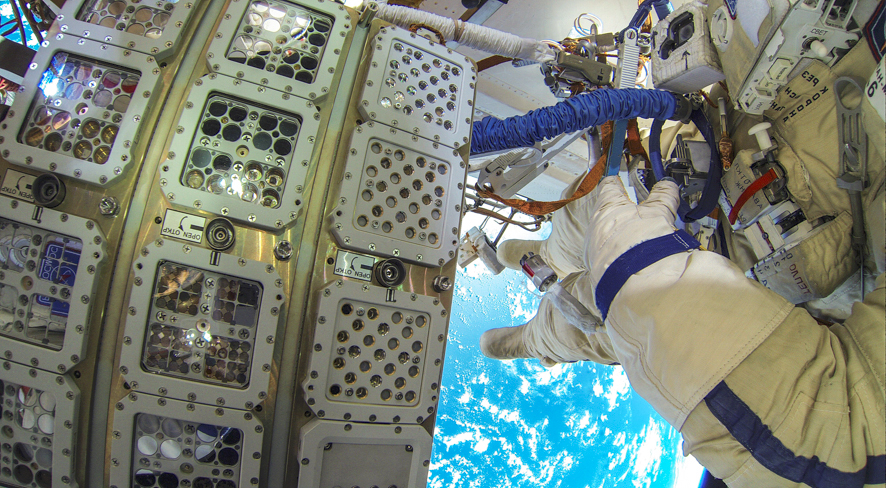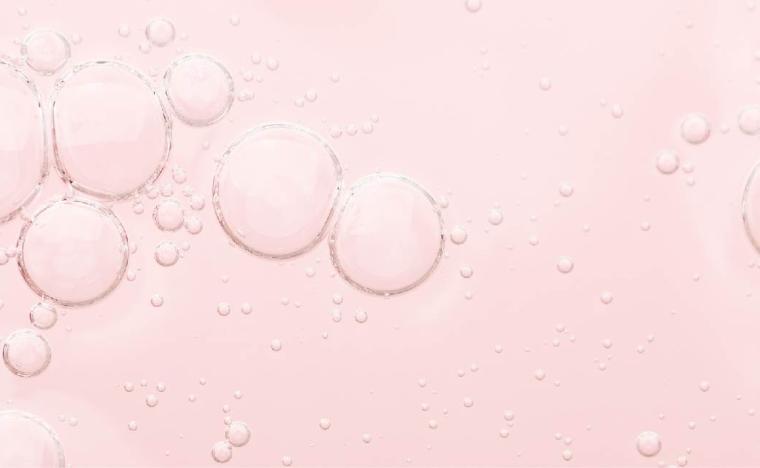Snow Algae in Outer Space
Extremophilic organisms can live on Earth in the most extraordinary habitats such as geysers, volcanoes or deep sea. They have developed special strategies to survive or even reproduce under the most extreme conditions. But what about the conditions in space? Researchers from the Fraunhofer Institute have investigated this question in close cooperation with the German Aerospace Center DLR.
In the BIOMEX project (BIOlogy and Mars-EXperiment), the researchers led by Dr Thomas Leya from the IZI-BB Bioanalytics and Bioprocesses Division of the Fraunhofer IZI in Potsdam-Golm were given the opportunity to hand out astronauts some biosamples on the international space station ISS and to position them on the outside of the space station. The samples stayed there for almost 1.5 years. Like this, a wide variety of microorganisms could be exposed to the ultraviolet and cosmic radiation, as well as to strong temperature fluctuations.
The experiments carried out on the ISS were intended to provide information about which organisms could survive in space or on Mars, for example. The results should also contribute to a better understanding of how life could have arisen in our solar system and been distributed over meteorites in space.

Snow algae from cosmetics tested in space
One of the several hundred samples of the "illustrious travel company" was the snow algae, which is also cultivated by Mibelle Biochemistry for the product Snow Algae Powder.
"We already know from laboratory tests that snow algae survive drying out, heat up to +60 °C and cold down to -25 °C and, to a certain extent, UV radiation," says Dr. Leya. However, it was not known how snow algae deals with even more extreme conditions, such as those prevailing in near-earth orbit or in space. With a Soyuz capsule, the tested organisms finally returned to Earth from the ISS after 2 years.

They are alive!
Back in the laboratory it was examined whether the stressed snow algae could form new colonies again or whether the DNA had been impaired. The carotenoid spectrum typical of snow algae, the protective pigment of these photosynthetic organisms, was also examined by Raman spectroscopy.
"We assumed that the algae would survive UV-A and B radiation. It was surprising that they also survived part of the very harmful UV-C radiation and dryness undamaged and that the carotenoids were hardly changed," said Leya after the test results. These tests prove that snow algae are even able to survive in space for a long time and even survive Mars-like conditions undamaged.
The resistance and stability of the biomolecules of the snow algae is also considerable under extraterrestrial conditions. This is further proof of the extraordinarily efficient protective mechanisms of this cold-loving algae, which can also be used in cosmetics and activates longevity genes in the skin.
Here you can find more information about Snow Algae Powder.









